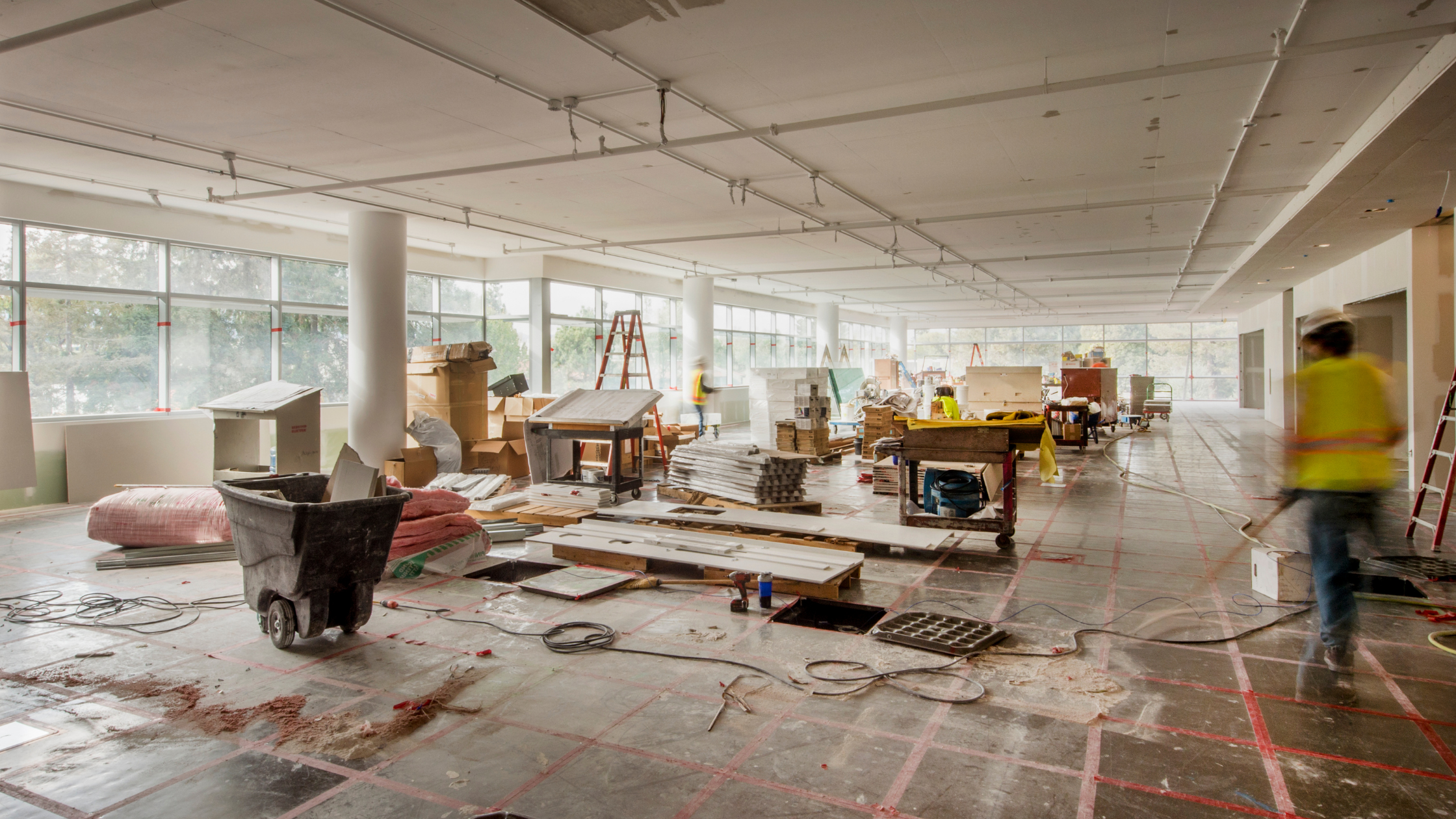So you’ve been preparing for weeks. The guest list is set. Your RSVPs are in. You’ve gotten all your vendors in order. The food is going to be delicious. The entertainment is lined up. What could possibly go wrong?
Well, a lot. And it’s important for any event planner to know what hazards they might encounter before an event begins.
There are several categories of risks or hazards:
- Human Hazards
- Technological Hazards
- Natural or Environment Hazards
Human hazards typically relate to hazards caused by humans. It is necessary to plan for the type and size of the crowd expected for the event. Obviously, it can be entirely different depending on the particular nature of the event. These human hazards can involve crowd control, accidents, and intentional human acts (i.e., labor strike, bomb threat, etc.).
Technological hazards usually involve machinery and utilities that will be relied upon at an event. This could involve a computer crash, utility outage, hazardous materials, or fire/explosion.
Natural or environmental hazards can involve meteorological, geological, and biological threats.
Meteorological may involve excessive heat at the event (one of the greatest safety risks to every event) and geological might involve tricky terrain that can cause injuries. Generally, meteorological and geological threats are a bit harder to plan for―with the exception of inclement weather forecasts―because these are factors that often occur randomly. However, biological threats (such as diseases like the COVID-19 pandemic and foodborne illnesses) can be better planned for and managed through the adoption of proper cleanliness and health measures.
Biological hazards such as diseases can be transmitted through the following methods: food contamination, airborne transmission (fine liquid droplets or aerosols in the air from breathing), large droplets (typically from spit and saliva), and fomites, also known as surface contamination. Surface contamination generally occurs where germs are transmitted through high touch surfaces like doorknobs, light switches, countertops, or clothing. All of which can occur easily at a live in-person event with many people.
Even with the vaccine roll-out, the biological threat of the COVID-19 pandemic―along with other communicable diseases―is a hazard that must to be carefully assessed prior to a live in-person event. Communicable diseases often spread by large droplets released by coughing, sneezing, shouting, and singing, or aerosols diffused by breathing, but regardless, both methods occur via mouth and nose of the infected individual. Droplets and aerosols can land in the mouths or noses of people who are in close proximity and possibly be inhaled into the lungs. Aerosolized droplets can remain viable for up to 3 hours if not treated. This is why it is critical for people to wear masks during a pandemic, and why in some cultures like Japan, people who are coming down with an illness wear masks to protect others.
PopUP CleanUP is a full service event cleaning company that also consults on health and safety protocols. Call us to find out how we can help earn dedicated clients: (323) 538-0188.



